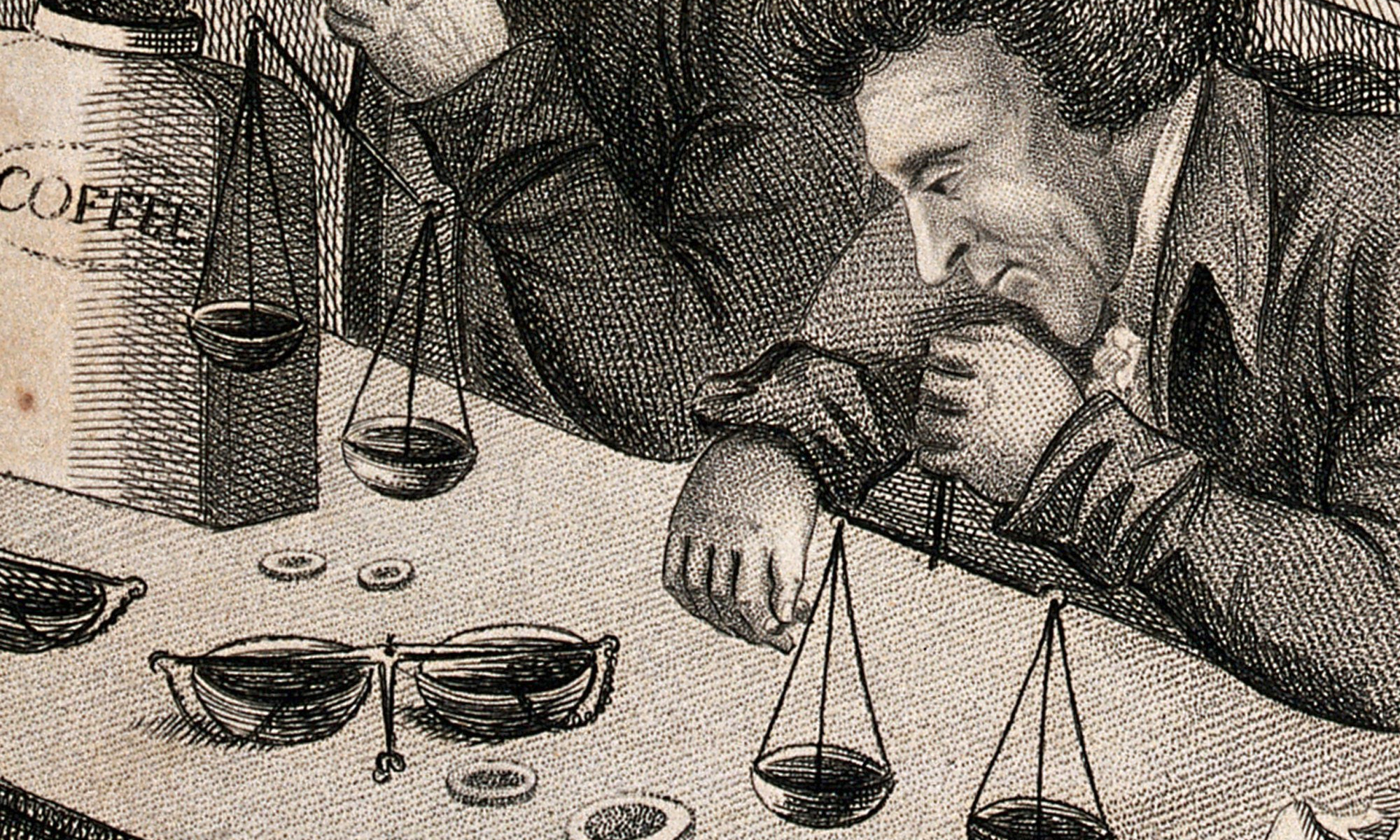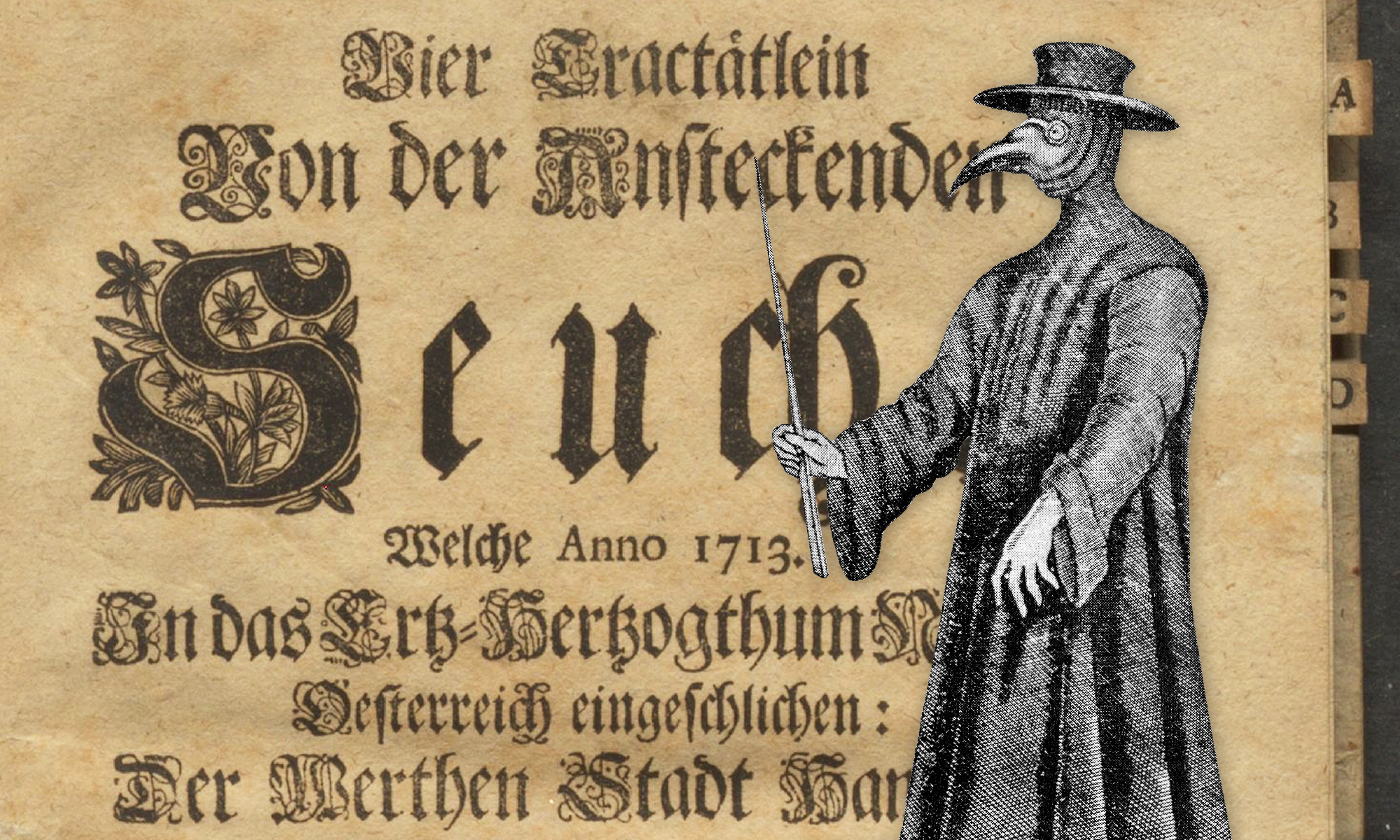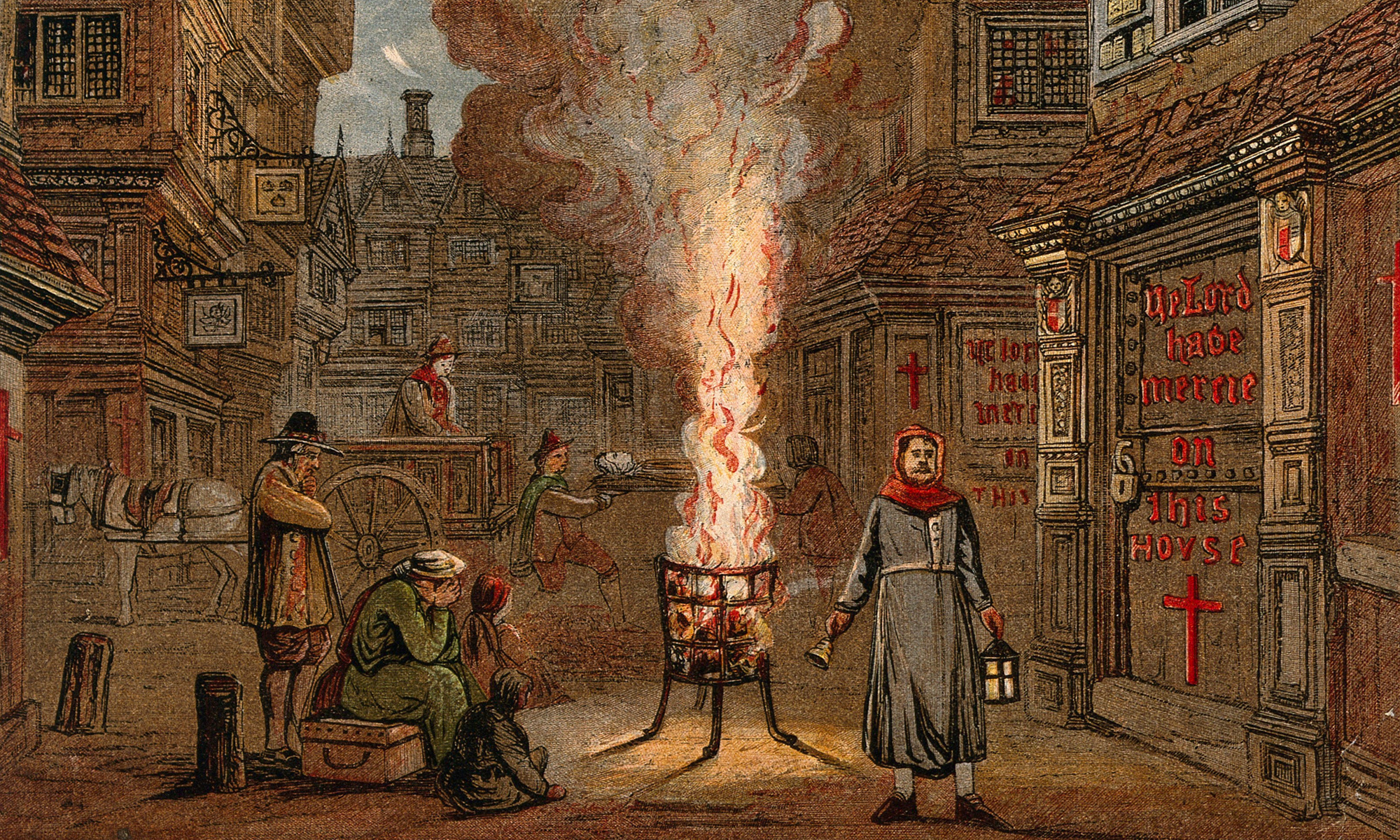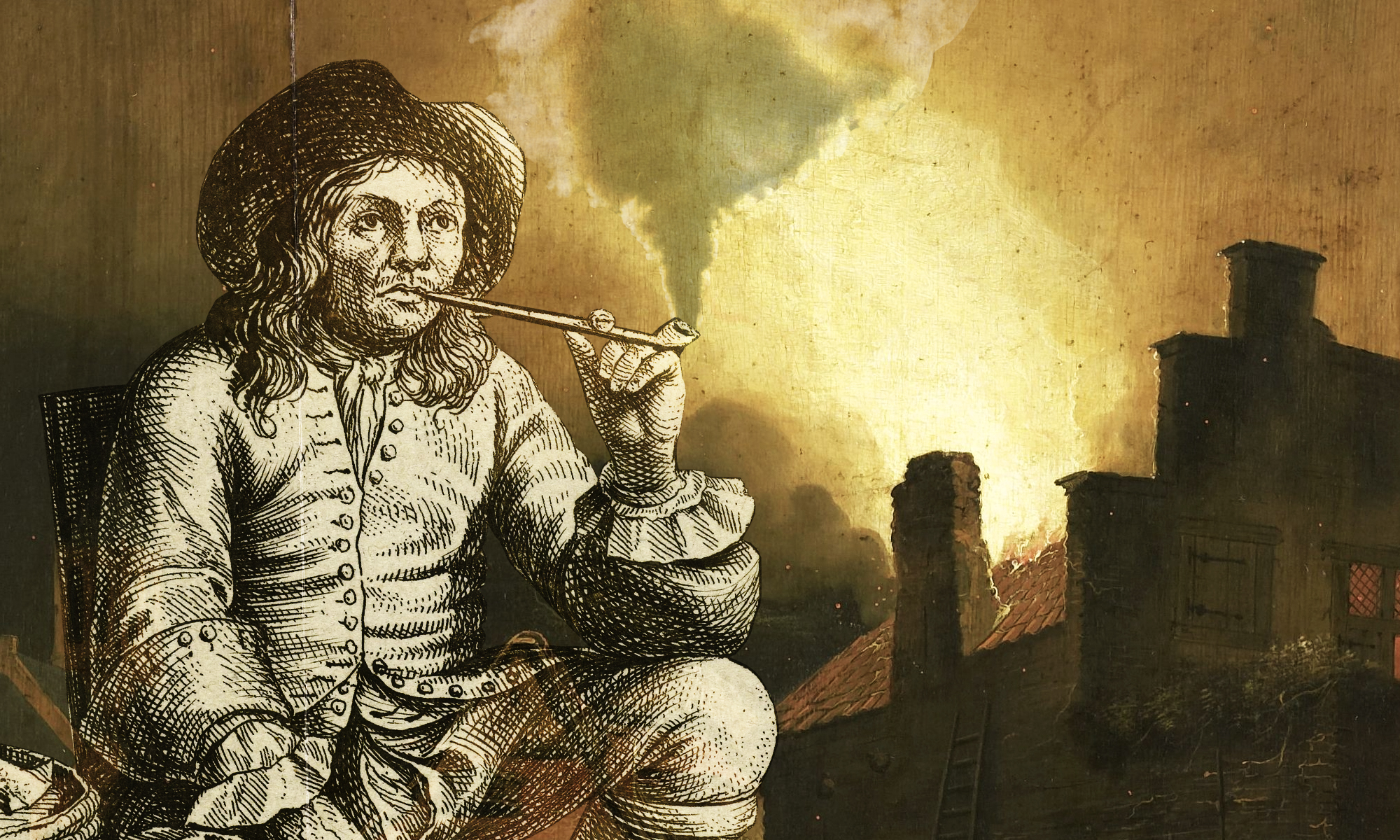In this brief vlog I discuss how we have responded as a research group to the challenges posed by COVID-19 and lockdown, and reflect on the historical relationship between pandemic, intoxicants, and public spaces. The film was shot in a safe and socially distanced manner on Devonshire Green and Division Street in Sheffield, and at Holy Cross Old Church in Whorlton, North Yorkshire.
New Intoxicants and Epidemics: Sugar and Tobacco in Hamburg’s Plague Medicine
In these trying times interest in past pestilences is booming, in particular in plague (and the Spanish flu), not least because there appear to be so many parallels between these diseases and COVID-19: home quarantine, face masks, and the Johns Hopkins mortality statistics website remind us of the red crosses on the front doors of shut-up houses, the ominous bird-like black costume worn by plague doctors, and weekly Bills of Mortality. Despite a horrendous mortality rate – historians estimate between 30 and 60 percent of the population – and the widespread belief that plague epidemics were divine punishment for godlessness and immorality, early modern societies and individuals actively worked to counter the plague (and illness more generally) by drawing on an arsenal of medical, religious, cultural, and political tactics and strategies. Continue reading “New Intoxicants and Epidemics: Sugar and Tobacco in Hamburg’s Plague Medicine”
Plague Time: Intoxicating Spaces and Pestilence in Seventeenth-Century London
One of the most challenging aspects of the lockdown and social distancing measures necessitated by COVID–19 are the restrictions placed on the intoxicating spaces of everyday life. The inability to visit coffee shops, pubs, restaurants, and tea bars is for me and many others one of the most difficult psychological features of the current situation, and the forlorn sight of my favourite Sheffield haunts – many of which have played a small role in the project – standing abandoned like so many urban Mary Celestes is distressing (the UK hospitality sector, like many others, is facing an ‘existential crisis’ as a result of the pandemic). In the context of coronavirus and the new world it’s shaping it seems strange, then, that the growth of coffeehouses in London in the 1660s coincided with the devastating outbreak of bubonic plague that swept the city in 1665. The last and most severe of seven such epidemics that visited the metropolis over the early modern period, and with a fatality rate of around 80%, it ravaged all but four of London’s 130 parishes, killing an estimated 100,000 people in total (roughly a quarter of its population). Like us, early modern Londoners for the most part ate, drank, socialised, and worked outside of their homes; what did the plague and the measures taken to control it mean for their daily experience of the urban environment in general and its intoxicating spaces in particular?
Continue reading “Plague Time: Intoxicating Spaces and Pestilence in Seventeenth-Century London”
Smoke Signals: Tobacco, Visions, and Disaster in Late Seventeenth-Century Stockholm
One evening in 1695, the retired non-commissioned officer Lars Ekroth sat down in his home in Stockholm to smoke a pipe. While he was smoking, he received a vision he was sure came from the Holy Spirit. What was revealed to him was that the whole city, including the royal palace, would be destroyed in a great fire, and that the Swedish king Charles XI would die from poisoning. God’s wrath would come upon the country because there was so much sinfulness, ostentation, mistreatment of the poor, and people trying to rise above their station. In particular, it was the sins perpetrated by the Royal Council that had awoken God’s wrath, Ekroth came to understand. When he later related his experience, he said that he was unsure whether he had been awake or asleep during the episode, only that it was when he took his pipe of tobacco that the vision came to him.



